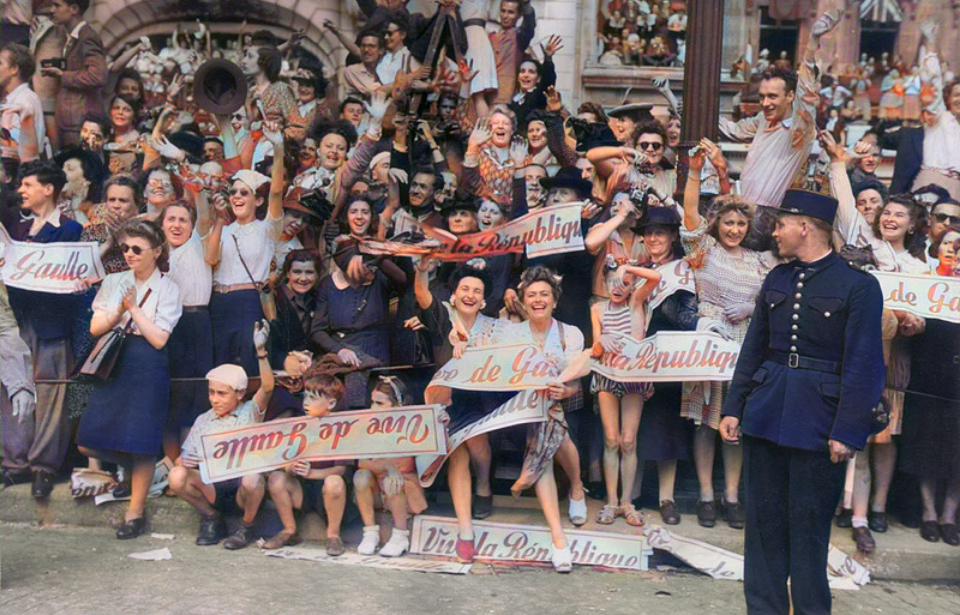The German occupation of France ran for four years and greatly affected the lives of French citizens. Things took a turn following D-Day, with the Allies making advancements against the Germans. Here are images of how the French celebrated the liberation of their country.
German occupation of France
The Germans invaded France in May 1940, in an advance the French military was unable to quell. After bursting through the Ardennes, the French government faced a crisis and dissolved itself. Power was given to World War I hero Marshal Henri-Philippe Pétan.
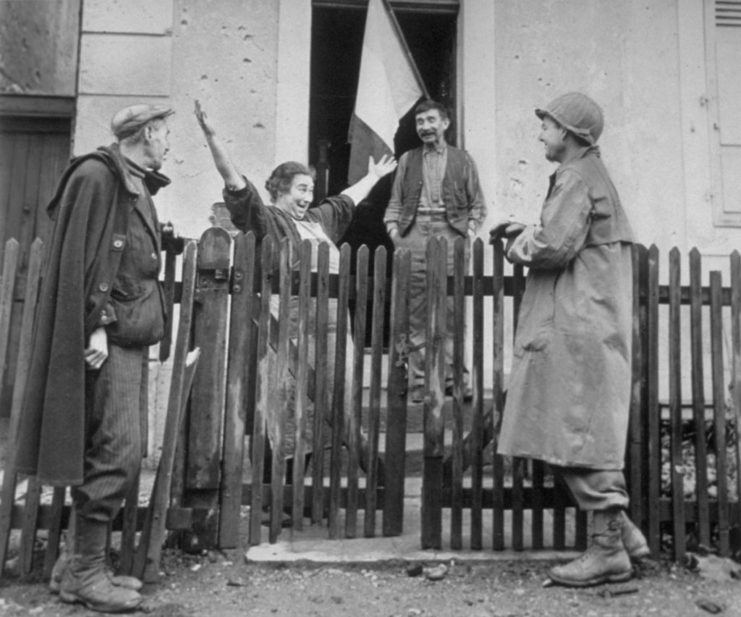
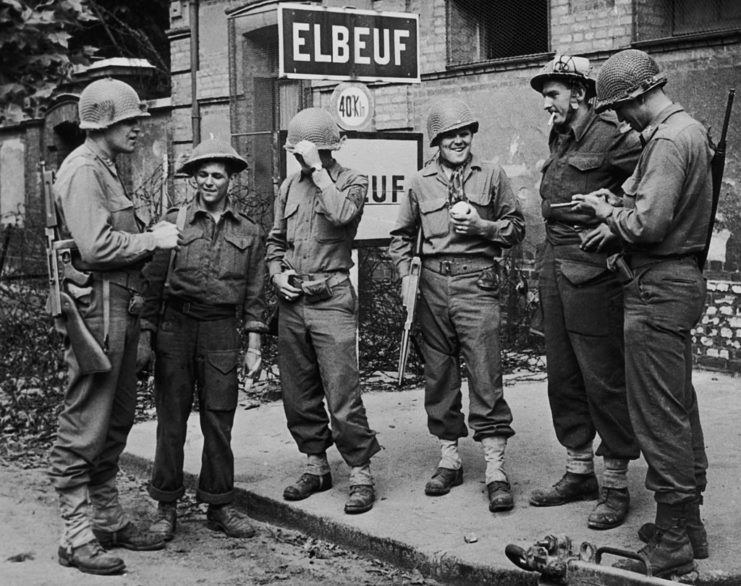
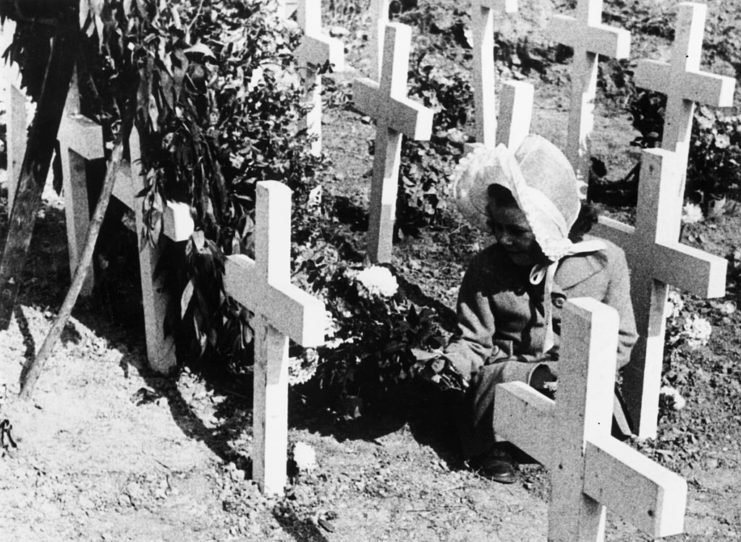
Pétan established an authoritarian regime, signed an armistice agreement with the Germans, and moved the capital to Vichy. Seen by many as a “puppet state,” the government collaborated with the Germans, going so far as to participate in the deportation of Jews from the country.
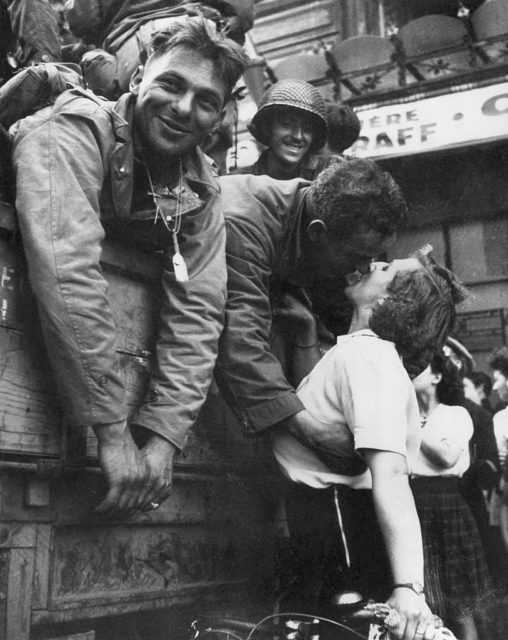
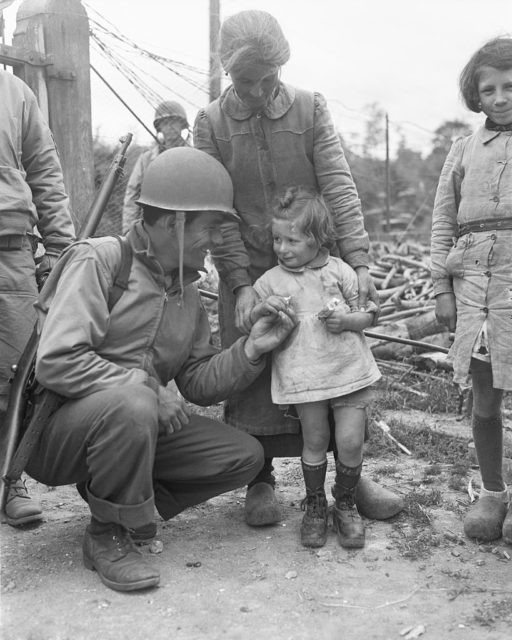
The German occupation of France lasted four years, during which time citizens endured many hardships. Food rationing meant many suffered from malnourishment, especially those too poor to trade on the black market, and the rates of Tuberculosis and childhood illnesses skyrocketed. There was also an increase in violence and the censoring of things outside of German control.
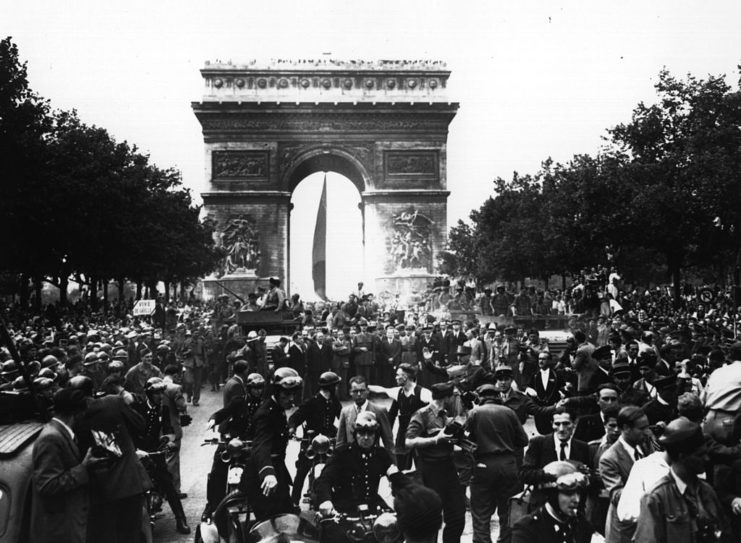
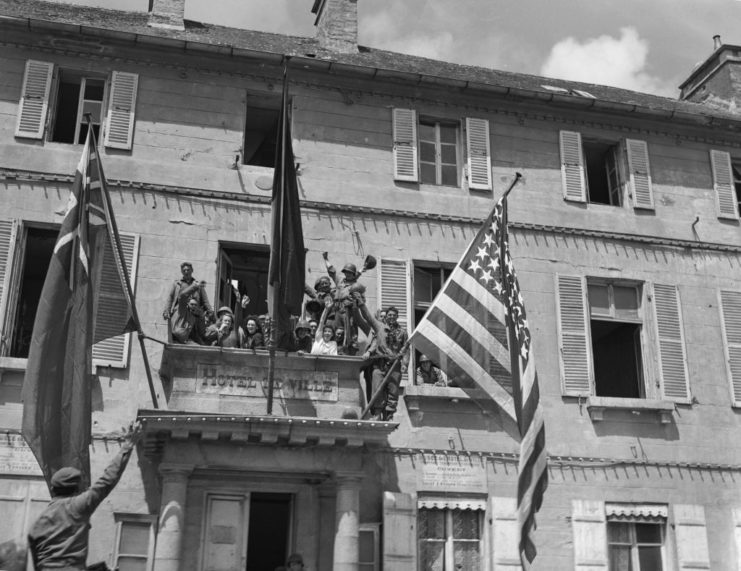
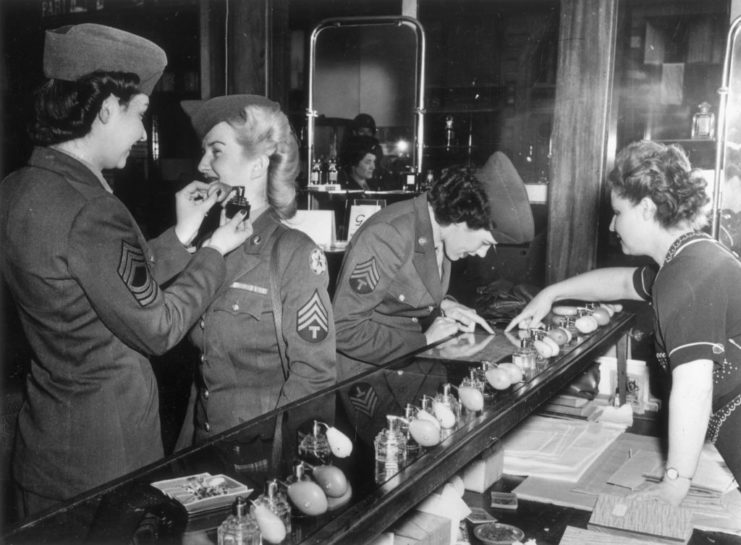
Despite the German occupation, many fought back. The French Resistance was active throughout occupied cities – especially Paris – and General Charles de Gaulle formed Free France, a government-in-exile.
Allied Landings in France
The D-Day landings on June 6, 1944, were the beginning of the end of Germany’s occupation of France. Upon entering the war, the US pushed for an invasion across the British Channel, as it was the most direct way of engaging the German forces. However, this was delayed due to reluctance by the British.
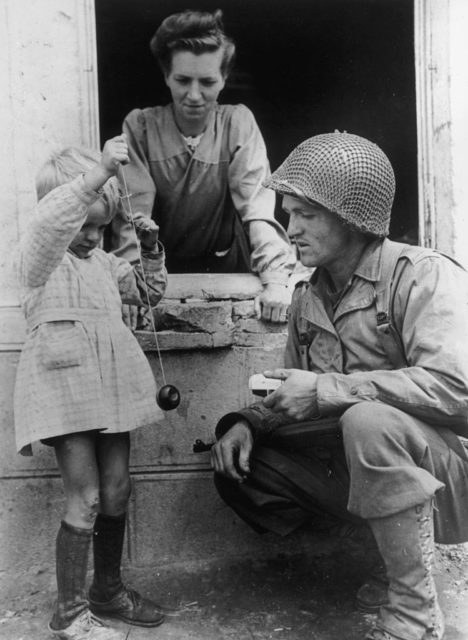
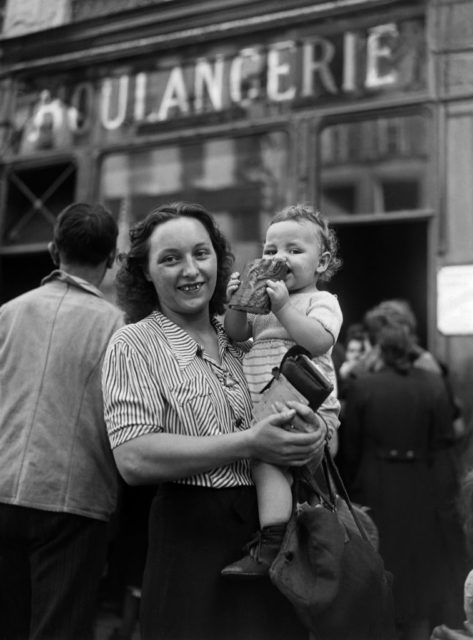
When the time came to storm the beaches of Normandy, the German resistance was slow. While many lives were lost, the Allies gained control of five beachheads: Gold, Utah, Juno, Omaha and Sword. With their footing on French soil, they began the liberation of France and its citizens.
The liberation of France begins
The Allied forces moved inland, intent on capturing Caen. The city was of strategic importance as a road junction, and beyond it lay open countryside useful for the construction of Allied airfields and the deployment of armored formations.
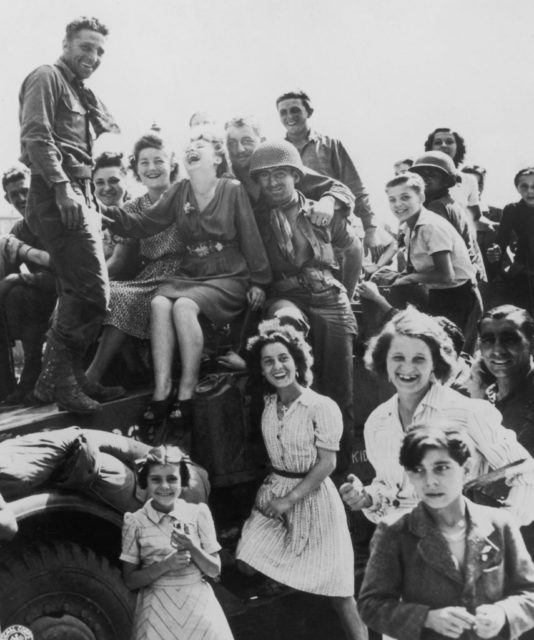
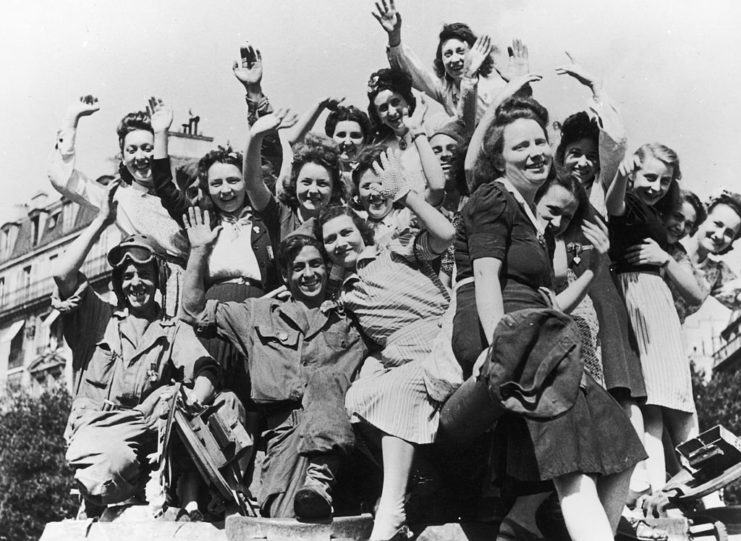
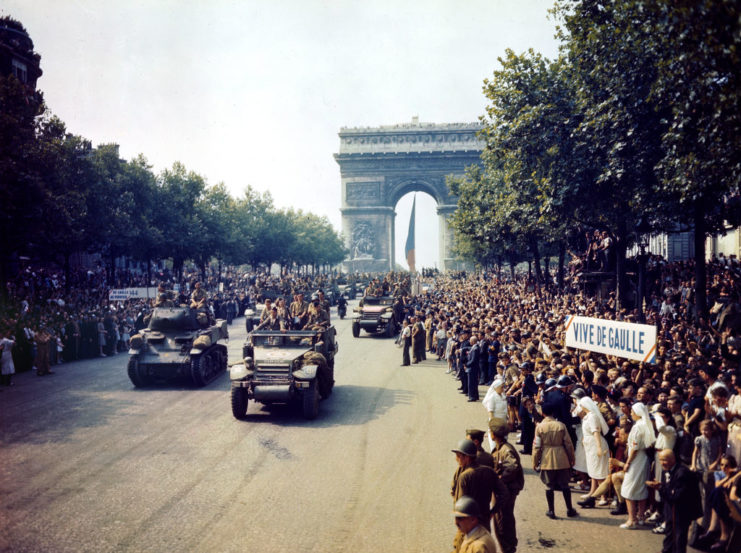
The fight for Caen was difficult. The Germans fought back against the Allies, with their counteroffensive including the use of an SS Panzer Division. The fighting continued until mid-July, after which the city was captured.
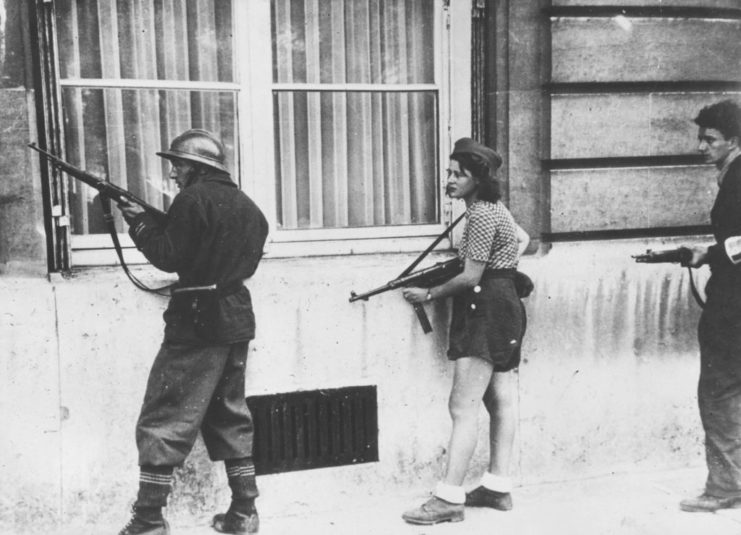
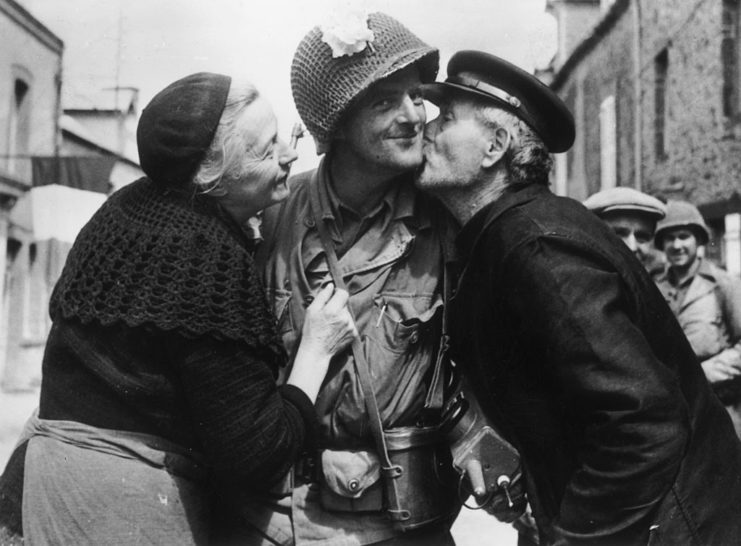
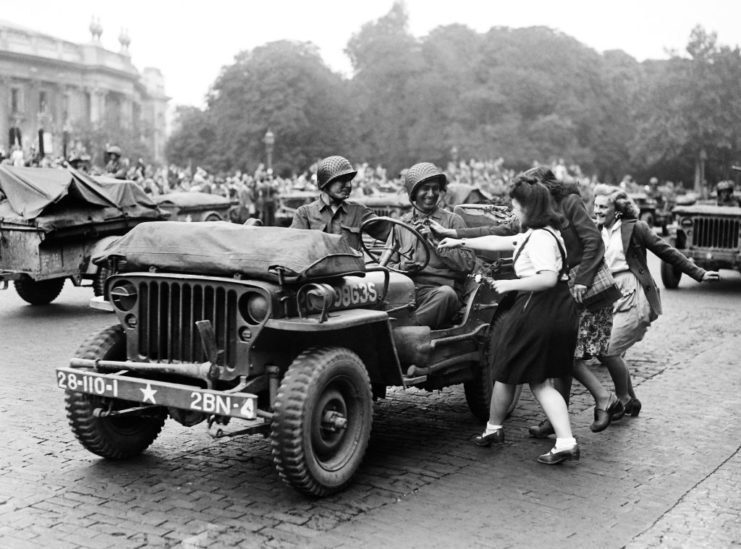
Following the capture of Caen, the Allies – in particular, the 1st Canadian Army – were tasked with advancing toward Falaise. This cut off a large segment of Germany’s force, paving the way for city after city to be liberated. This continued into early 1945, with the Allies pushing the Germans back through eastern France and across the Rhine into Germany.
A potential delay in the liberation of Paris
In August 1944, the French 2nd Armored Division arrived in Normandy under the command of General Jacques-Philippe Leclerc and attached to General George Patton‘s 3rd US Army. By August 18, the Allied forces were nearing Paris, prompting those within the city to go on strike. Resistance fighters set up barricades and attacked German fortifications.
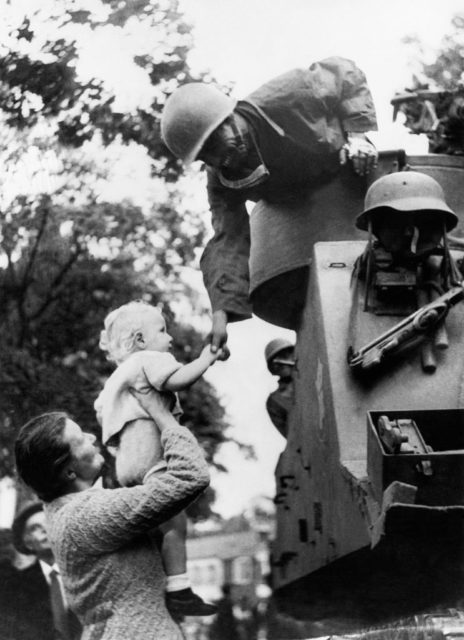
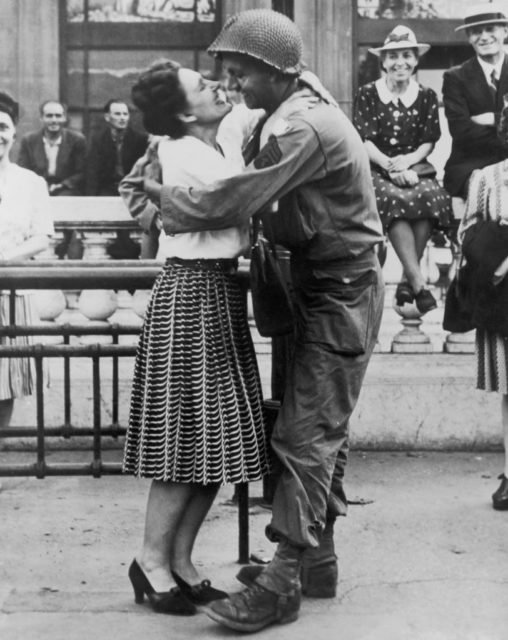
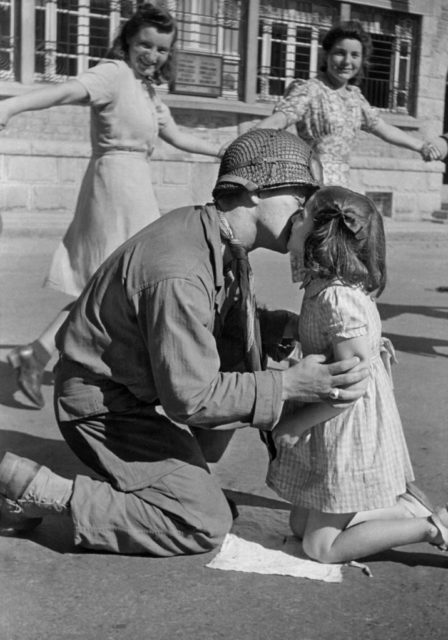
The liberation of the city was almost delayed after Allied Commander Dwight D. Eisenhower and General of the Army Omar Bradley began to worry about diverting resources. Eisenhower informed de Gaulle of these fears, prompting the Free France leader to push back.
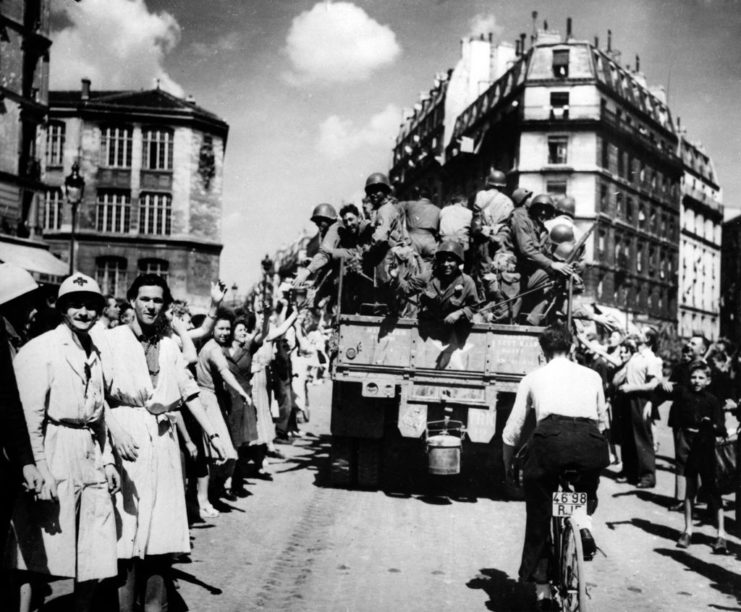
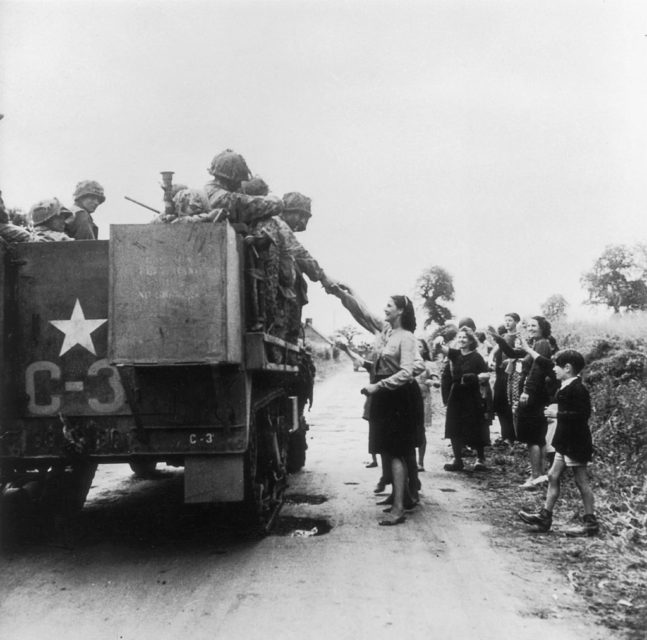
De Gaulle assured Eisenhower Paris could be liberated without difficulty and said a quick advance would prevent the communist faction of the Resistance from liberating Paris and stop them from affecting the re-establishment of a democratic government. He also threatened to send Leclerc’s 2nd Armored Division into the city if Eisenhower failed to act.
The Allied Commander agreed to proceed.
Paris is liberated
On August 23, 1944, the 2nd Armored Division advanced on Paris from the north, while the US 4th Infantry Division came from the south. While this was occurring, the German forces under General Dietrich von Choltitz were laying explosives beneath the city’s landmarks and bridges, as per instructions from Adolf Hitler. The order was to burn Paris to the ground, but von Choltitz later disregarded it, not wanting to destroy the “City of Light.”
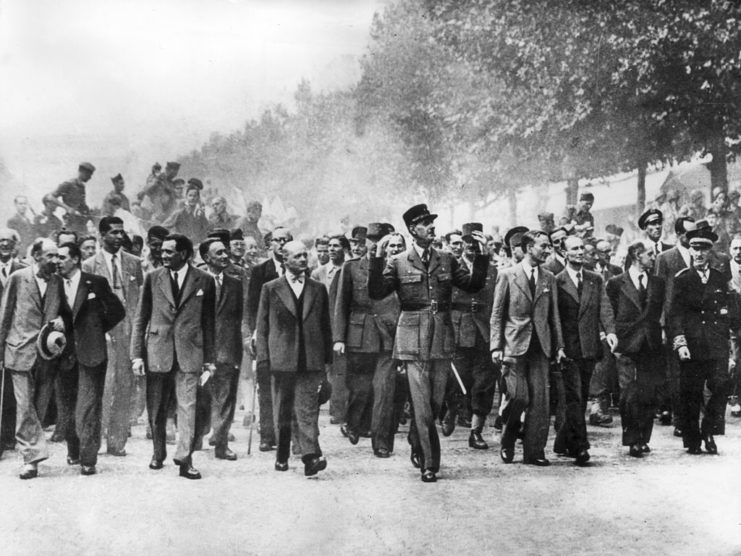
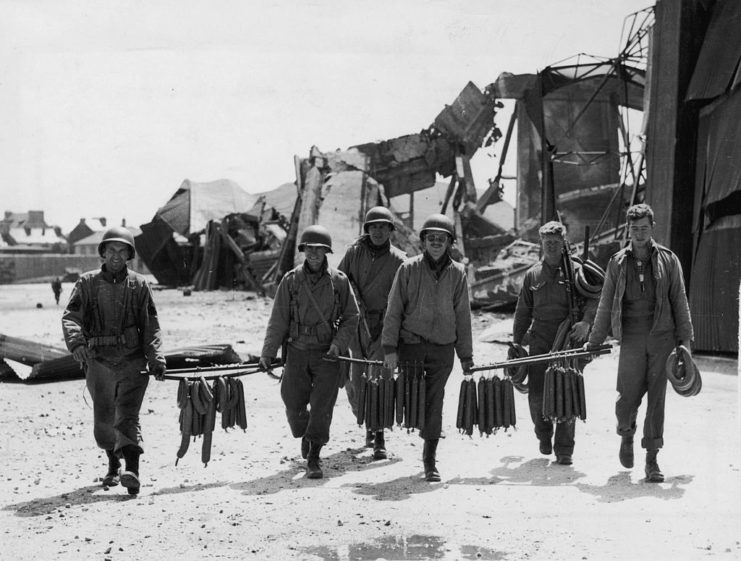
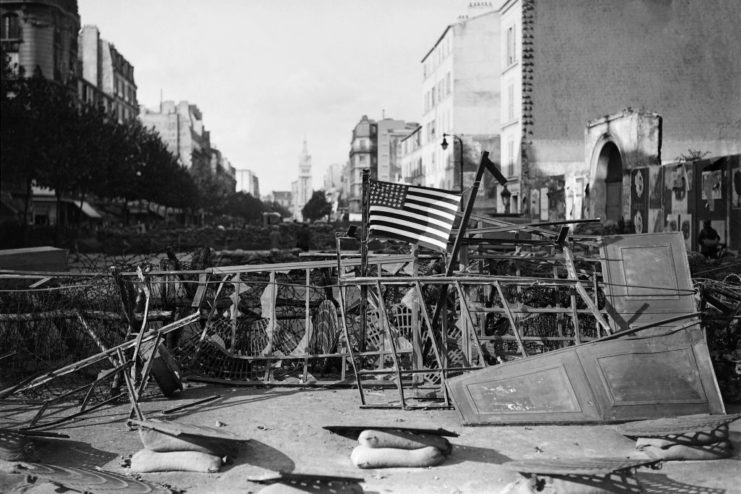
The following day, the 2nd Armored Division ran into heavy German artillery fire, and while they suffered casualties, managed to cross the Seine and reach the suburbs of Paris. Later, Leclerc learned the 4th Infantry Division was poised to beat him to the center of Paris, and thus ordered his men forward, despite their exhaustion. Just before midnight, they reached the Hótel de Ville, in the heart of the city.
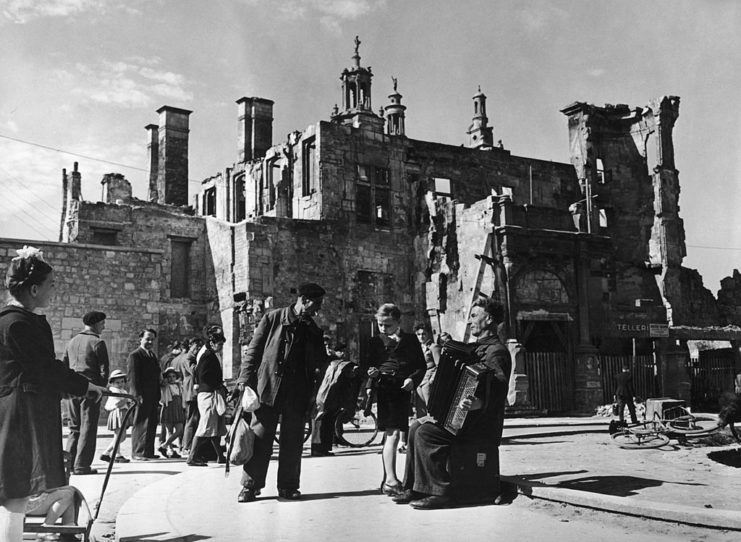
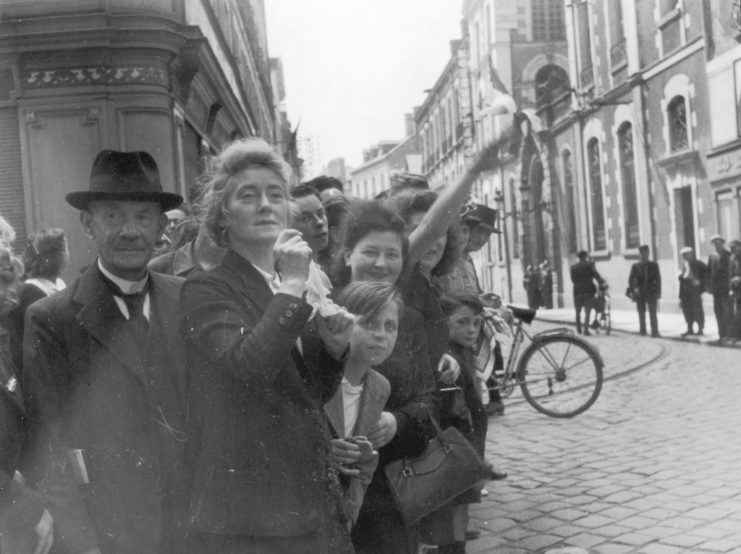
As the night progressed, German resistance wavered, with the majority of troops fleeing or surrendering; those who fought back were quickly subdued. When morning came on August 25, the 2nd Armored Division cleared the western half of the city, while the 4th Infantry Division took the east. Von Choltitz was arrested at his headquarters and signed a formal surrender, handing Paris over to de Gaulle and his provisional government.
Celebrations and kangaroo courts
Following the liberation of Paris, de Gaulle proclaimed, “Paris! Paris outraged! Paris broken! Paris martyred! But Paris liberated! Liberated by itself, liberated by its people with the help of the French armies, with the support and the help of all of France, of the France that fights, of the only France, of the real France, of the eternal France!”
On August 26, 1944, de Gaulle and Leclerc held a liberation march along the Champs-Élysées. Gunfire was noted during the celebration, but the individuals responsible were never identified.
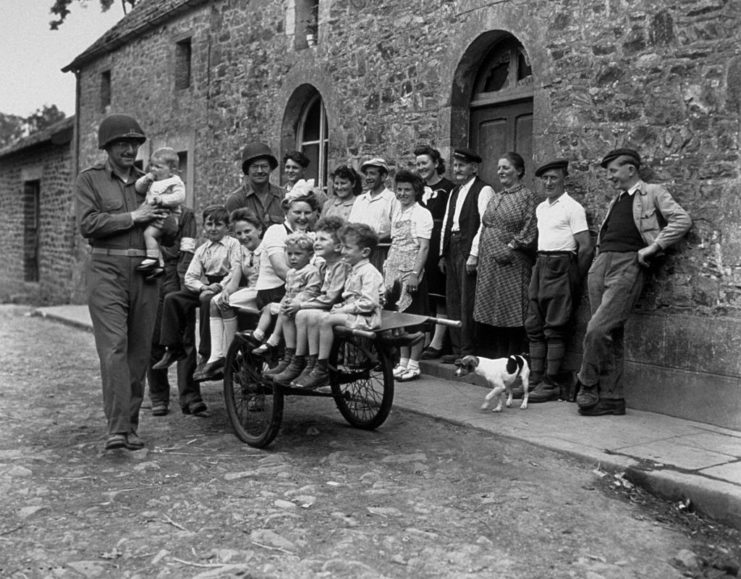
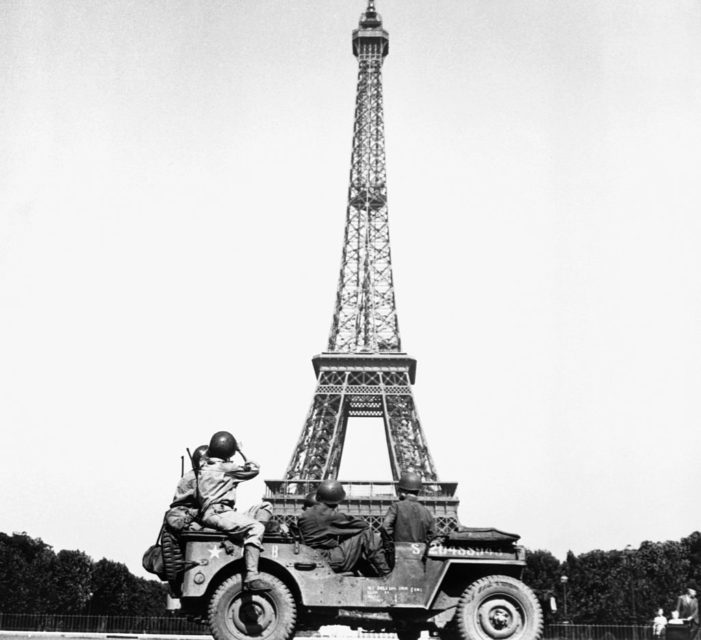
While many celebrated the country’s liberation, others saw it as a time of reckoning. Some believed Germany’s occupation was only successful because of the tacit consent of the French population and the support of its elites and high-ranking officials. As such, kangaroo courts were established to deliver what became known as the “people’s justice.”
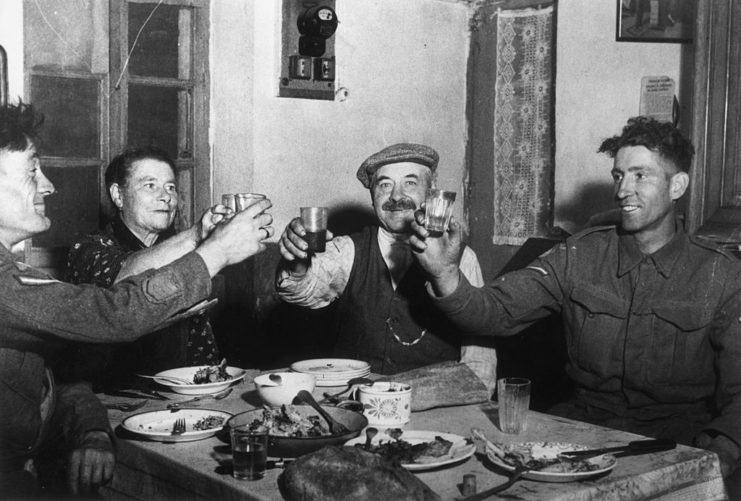
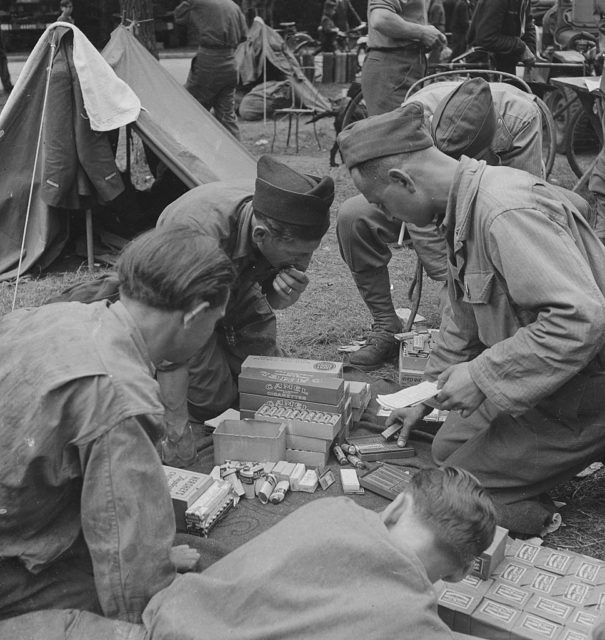
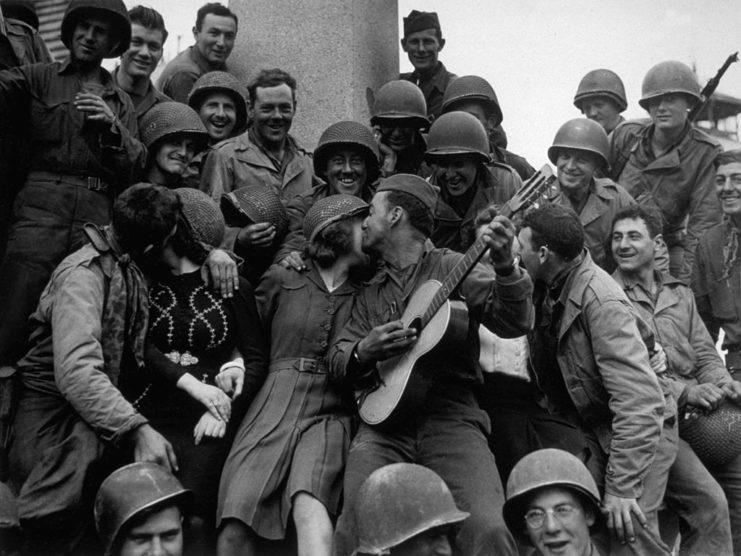
The formation of such courts had begun that June, in an effort to purge the government of officials associated with the occupation and Vichy. It was later expanded to dole out punishment on those viewed as collaborators. A large portion of those targeted were women who’d slept or entered into relationships with German soldiers. They were publicly humiliated, had their heads shaved and clothes torn and were doused in various substances.
Hundreds of executions were also carried out across the city.
